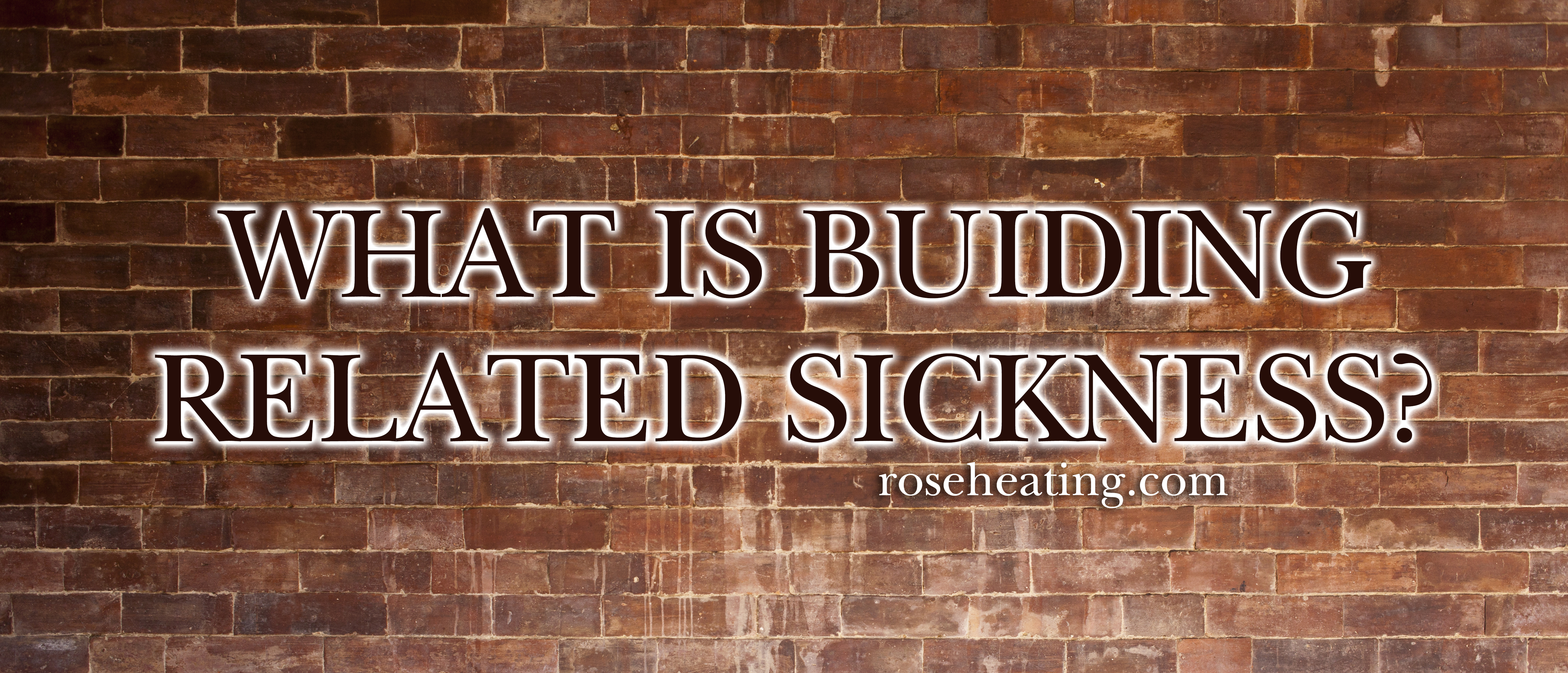Sick Building Syndrome can seem like a rather strange term at first. Buildings are, of course, inanimate, so how in the world can they be “sick”? The term actually has to do with the health of the people within the structure, and it can be fairly serious.
Sick Building Syndrome and Building Related Illness sound like they’re talking about the same thing. In reality, the two diagnoses are quite different. What makes them stand apart? Mainly, the source of the symptoms that residents or employees are experiencing.
What is SBS?
Any situation where occupants are suffering from health issues raises concern. The biggest problem, however, may be with Sick Building Syndrome. That’s because the origin of the illness cannot be identified and therefore cannot be treated. It will also present with symptoms that are different than BRI.
Discomfort will generally present in acute ways. Rash, dizziness, headache, and eye irritation are signs that the structure could be suffering from SBS. One big factor is that in the majority of cases, symptoms are alleviated shortly after leaving the premises.
What is BRI?
When you’re facing a Building Related Illness, things are different. Generally speaking, this condition involves allergies or infections, but Building Related Illness attributes the symptoms to airborne contaminants. This kind of exposure manifests with specific signs. Coughing, fever, chills, and muscle aches are a few examples of what employees or occupants can be stricken with.
Unlike Sick Building Syndrome, the effects of BRI will continue even after individuals leave the structure—often making it more devastating for those who are affected. Aside from being cumbersome, these effects can make it harder to be productive at work or at home. They’re distracting, and cases can mar reputations for businesses and make it harder to sell a house.
Causes for Contamination
There are many things that contribute to contamination within buildings. Chemical pollution, for example, can enter buildings through their ventilation systems. Everything from pesticides to the exhaust from vehicles could potentially compromise the air. Windows and air vents in bad locations increase that risk.
There are natural contaminants that endanger us too. Mold is a common threat, and spores can travel through the air and directly into your lungs. Bacteria and viruses make frequent appearances too. Buildings with stagnant water in their ducts are especially prone to issues, since the particles can breed and spread with ease.
The most common cause for SBS and RBI, however, is simply a lack of proper ventilation. Filtering systems are important, and they’re your first line of defense against most contaminants, like pollen and smoke. A well-functioning system will also even out the temperatures within the building and help regulate humidity.
Protecting Your Home
If you want to give your family state of the art protection while cutting down on your energy costs, it may be time to upgrade or replace your HVAC system. When you’re ready to reap these benefits, call Rose Heating. We’ve been in business since 1959, so we have the experience and knowledge you need combined with the customer service you trust.

